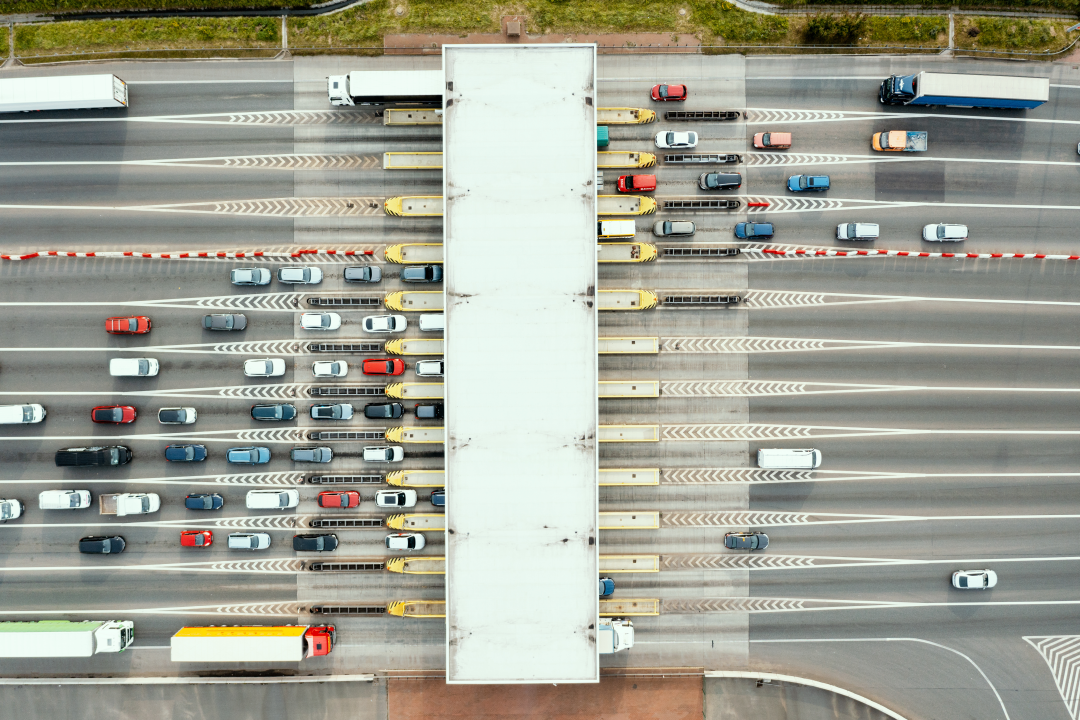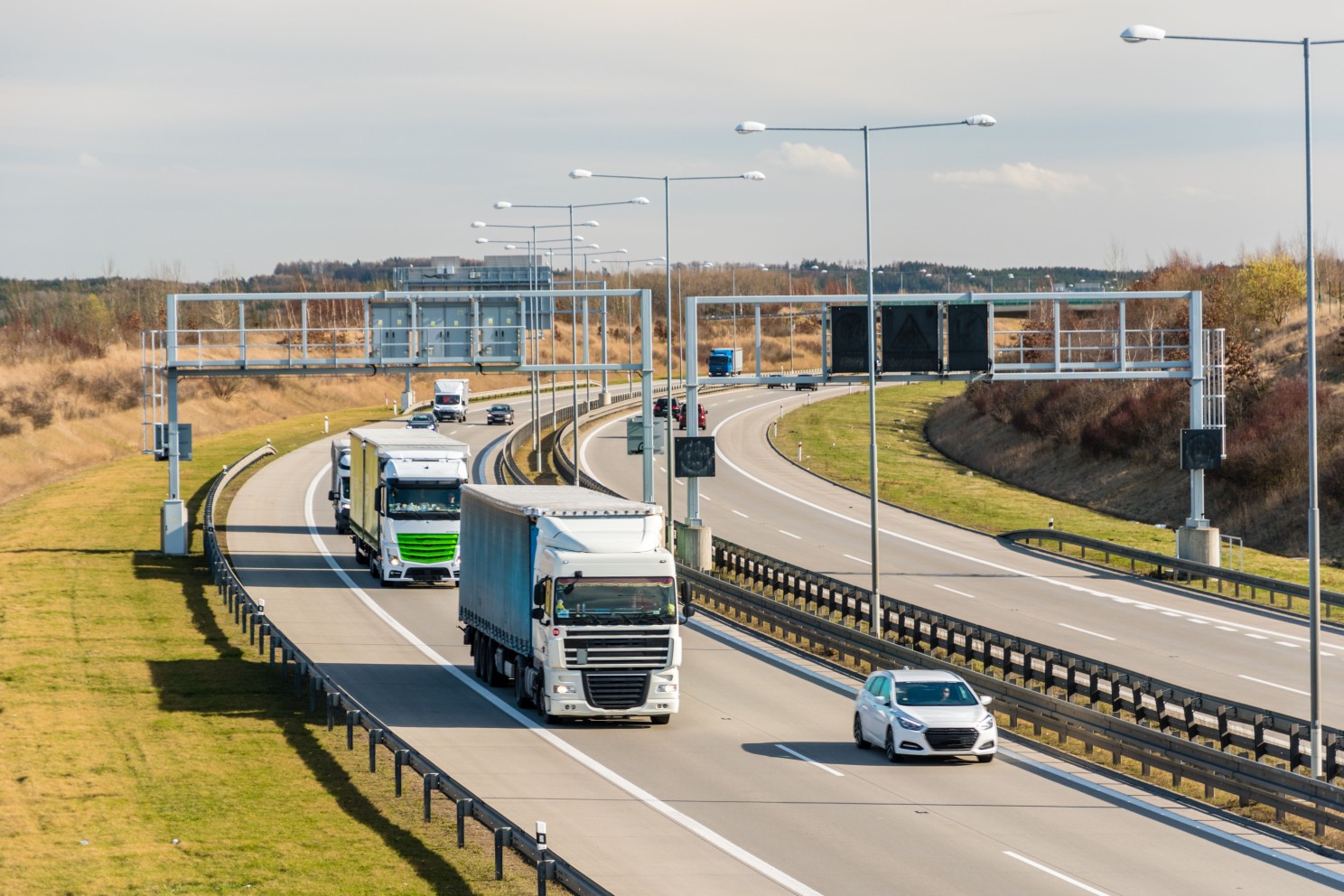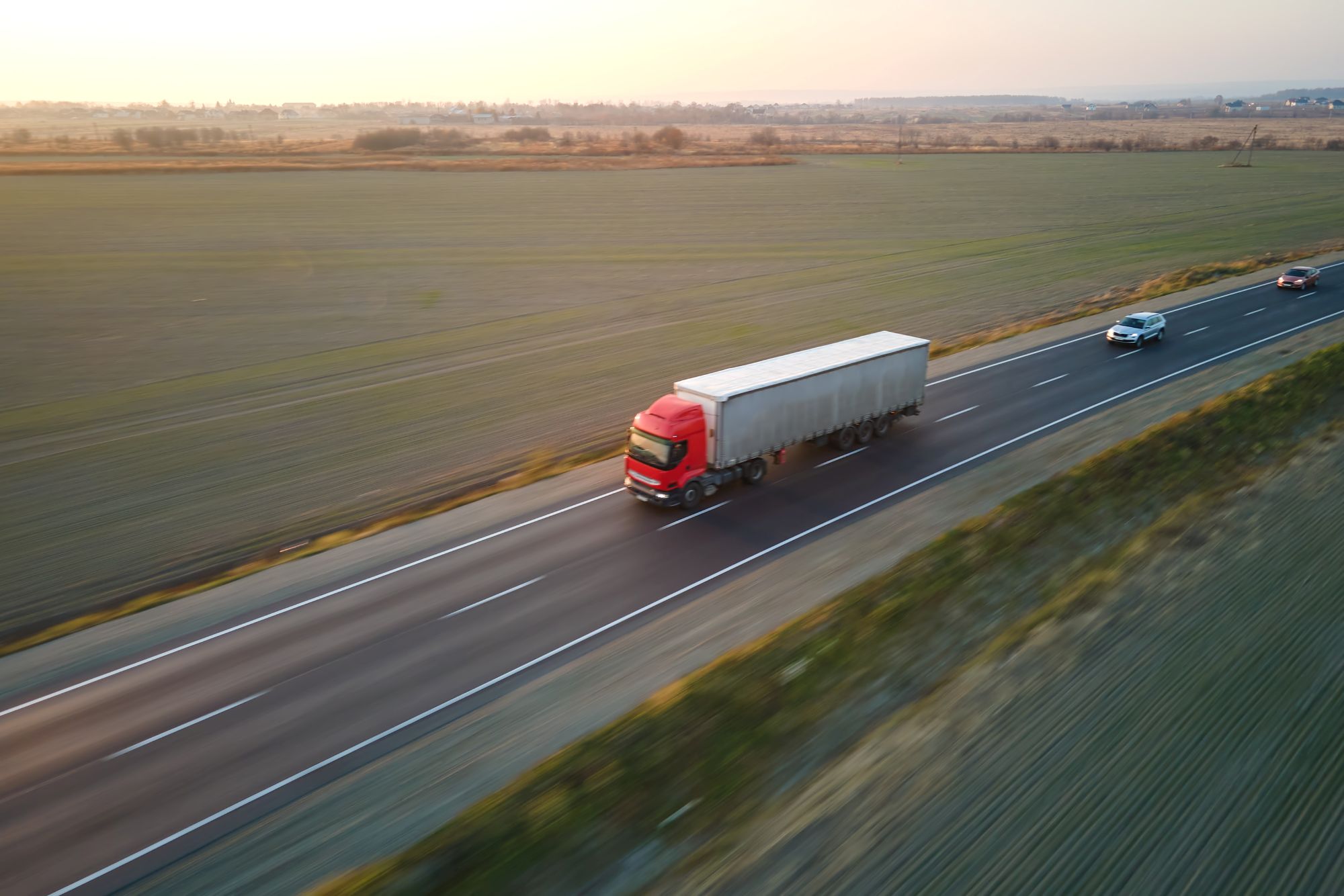
Susie Jones
Înțelegerea noilor tarife de trecere pentru camioane în Germania
Creat: 12.08.2024
•
Actualizat: 12.08.2024
Odată cu modificările continue ale sistemului de taxare a camioanelor din Germania, este ușor să te pierzi printre numeroasele modificări și reglementări. Aproape 83% din călătoriile locale ale camioanelor, care acoperă aproximativ 200 de kilometri, se efectuează deja pe drumuri cu taxă - ceea ce evidențiază impactul pe care taxele de drum germane îl au asupra cheltuielilor flotei.
Odată cu creșterea tarifelor de trecere, aceste noi modificări lovesc puternic companiile de flote. Modificările taxei de trecere în 2023 și 2024 au rezultat din susținerea de către guvernul german a Legii de modificare a taxei de trecere, care adoptă următoarele:
Tarife noi de trecere
Introducerea taxelor pentru emisiile de CO2
Eliminarea scutirii de taxă pentru vehiculele pe gaz natural
Extinderea taxei la vehiculele cu o greutate totală autorizată de peste 3,5 tone.
1 ianuarie 2023 modificări
Tarifele de trecere au crescut la începutul anului 2023. Trei factori au fost decisivi:
Număr de axe
Clasa de emisii
Greutatea totală admisă a ansamblului de vehicule.
1 decembrie, 2023 modificări
În decembrie a fost introdusă clasa de emisii de CO2 ca nou criteriu tarifar. Calculată pe baza unei suprataxe de 200 de euro pe tonă de emisii de CO2 - aceasta se percepe tuturor vehiculelor cu o greutate totală admisă de peste 7,5 tone. Sumele individuale ale suprataxei, în plus față de taxa actuală, depind de clasa de emisii.
Clasa 1 - vehicule grele cu cele mai mari emisii de CO2 și, prin urmare, cea mai mare suprataxă posibilă. TollCollect, care colectează taxele de drum pentru camioane în Germania, clasifică toate vehiculele înregistrate în această clasă de emisii - operatorii de flote trebuie să îi contacteze pentru a solicita o clasificare mai bună, dacă sunt eligibili.
Clasele 2 și 3 - Ambele clase sunt atribuite atunci când se introduc detaliile vehiculului în portalul TollCollect.
Clasa 4 - Camioane cu emisii reduse, de exemplu, vehicule pe gaz natural.
Clasa 5 - Camioane cu emisii zero.
1 ianuarie, 2024 modificări
La 1 ianuarie 2024, scutirea de taxă pentru vehiculele alimentate cu gaze naturale nu se mai aplică.
1 iulie, 2024 modificări
Toate vehiculele cu o greutate totală tehnic admisă mai mare de 3,5 tone vor trebui să plătească taxe. Există câteva excepții de la această nouă modificare:
Vehicule fără emisii cu o greutate totală tehnic admisă mai mare de 4,25 tone.
Vehicule comerciale grele fără emisii - Această scutire este valabilă până la sfârșitul lunii decembrie 2025.
Vehicule utilizate de întreprinderi comerciale - Aplicabil pentru vehiculele cu o greutate totală mai mică de 7,5 tone.

Pregătirea flotei dumneavoastră pentru schimbările din iulie
Înainte de 1 iulie, va trebui să verificați dacă vehiculele dvs. sunt supuse taxei de drum și, dacă da, cum doriți să plătiți taxa de drum.
Verificați-vă vehiculele
Verificați prima parte a certificatului de înmatriculare al vehiculului în câmpul F1. Dacă vehiculul dumneavoastră are o masă totală maximă autorizată din punct de vedere tehnic (TPMLM) mai mare de 3,5 tone, sunteți obligat să plătiți taxa de drum. Vehiculele grele de mare tonaj (HGV) cu un TPMLM de exact 3,5 tone sau mai puțin nu vor fi supuse taxelor de trecere.
Combinații de vehicule - dacă vehiculul tractor are un TPMLM de peste 3,5 tone, sunteți supus taxelor de trecere. O combinație cu un TPMLM mai mare de 3,5 tone nu va fi supusă taxelor de drum dacă vehiculul tractor are un TPMLM de 3,5 tone sau mai mic.
Cerințele privind taxa de drum pentru vehicule se aplică vehiculelor destinate sau utilizate pentru transportul rutier de mărfuri.
Întreprinderile comerciale sunt scutite de taxe de drum în anumite condiții.
Cum să plătiți taxa de drum
Cea mai convenabilă modalitate de plată este cu o unitate de bord (OBU) - furnizată de Toll Collect, de furnizorii de servicii europene de taxare electronică (EETS) sau de partenerii lor de vânzări.
Plata cu un OBU necesită înregistrarea la Toll Collect și stabilirea unei întâlniri pentru instalare - după instalare, setați greutatea ca fiind "<7,5 tone". Cu un OBU, colectarea automată va avea loc pe autostrăzi și drumuri federale de la 1 iulie 2024.
Alternativ, puteți plăti taxa de drum pe [site-ul web] Toll Collect (https://www.toll-collect.de/en/tollcollect/tchomepage.html) sau prin [aplicația] (https://apps.apple.com/gb/app/toll-collect-mauteinbuchung/id1321965602) înainte de a începe călătoria.
Vehiculul meu comercial este scutit de noile taxe de drum germane?
Pentru a beneficia de scutirea pentru artizani, se aplică următoarele condiții:
Numai angajații întreprinderii comerciale pot conduce vehiculul.
Materialele, echipamentele sau mașinile transportate trebuie să fie necesare pentru a efectua serviciile și activitatea întreprinderii comerciale.
Bunurile artizanale transportate trebuie să fie produse, prelucrate sau reparate în cadrul întreprinderii comerciantului.
Vă puteți înregistra vehiculele comerciale online la Toll Collect. Întreprinderile comerciale pot găsi mai multe informații despre excepții pe pagina FAQ a Toll Collect.
Camioanele pot circula duminica în Germania?
Există interdicții privind circulația camioanelor comerciale în anumite perioade pentru a reduce traficul și a menține siguranța drumurilor. Interdicția se aplică duminica, ceea ce înseamnă că șoferii de camioane care au un camion cu o greutate mai mare de 7,5 tone nu îl pot deplasa între orele 12.00 și 22.00. În plus, există, de asemenea, o interdicție de circulație în următoarele sărbători legale:
Ziua Anului Nou - 1 ianuarie
Vinerea Mare - 18 aprilie
Lunea Paștelui - 21 aprilie
Ziua Muncii - 1 mai
Ziua Înălțării - 29 mai
Whitsun - 8 iunie
Ziua Unificării Germaniei - 3 octombrie
Crăciun și Boxing Day - 25 și 26 decembrie
În perioada principală de vacanță, de la 1 iulie la 31 august, interdicția de a conduce camioane se aplică sâmbăta, ceea ce înseamnă că șoferii de camioane nu au voie să conducă între orele 7.00 și 20.00, când există o frecvență ridicată a vehiculelor pe drumuri.



